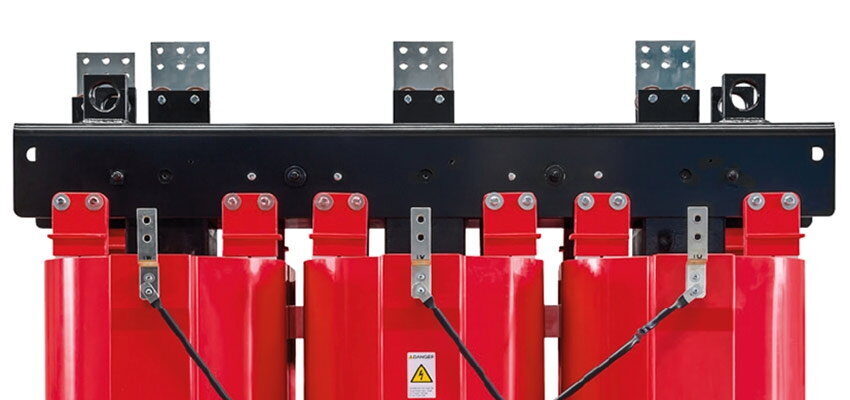
Mobile HV source for on-site insulation testing on dry-type transformers
A dry-type transformer (DDT) is a safe, low maintenance and environmental-friendly solution suitable for indoor and outdoor applications where not only safe and dependable power...
byMoritz Pikisch

A dry-type transformer (DDT) is a safe, low maintenance and environmental-friendly solution suitable for indoor and outdoor applications where not only safe and dependable power are important. It is also compacter in size than a liquid-filled transformer, making it especially suited for hard-to-access areas or those with limited space, such as wind turbines, off-shore platforms, indoor und underground substations, industrial plants and even high-rise buildings.
Unlike in liquid-filled transformers, where the electrical core and coils are cooled with a liquid such as oil, silicone or another liquid dielectric, dry type transformers are air cooled. The dry-type transformer’s case is ventilated to allow air to flow and cool the coils.
Alternative method used for assessing insulation condition
The primary concern with all types of transformers, and also the key indicator of their life expectancy, is the condition of the transformer’s insulation system.
For dry type transformers, the insulation system consists of cast resin winding, the core insulation and the termination system insulation. The structural strength and insulating properties of materials used for these insulation systems degrade over time through normal ageing. They can also degrade prematurely as a result of overheating as well as mechanical and electrical stresses.
Dissolved Gas Analysis (DGA) is the most commonly used method for determining winding insulation condition in oil-type transformers, but is not possible for dry-type transformers.
Compared with other possible diagnostic measurements, including a dissipation/power factor measurement, partial discharge (PD) testing can most effectively detect the presence and location of PD activity and resulting insulation defects in a dry-type transformer. Analysis of the PD measurements gathered can be used as a guide regarding the condition of the insulation and for determining the need for repair or replacement before a failure and costly outage occurs. The results can be trended to chart the rate of insulation degradation between consecutive tests.







